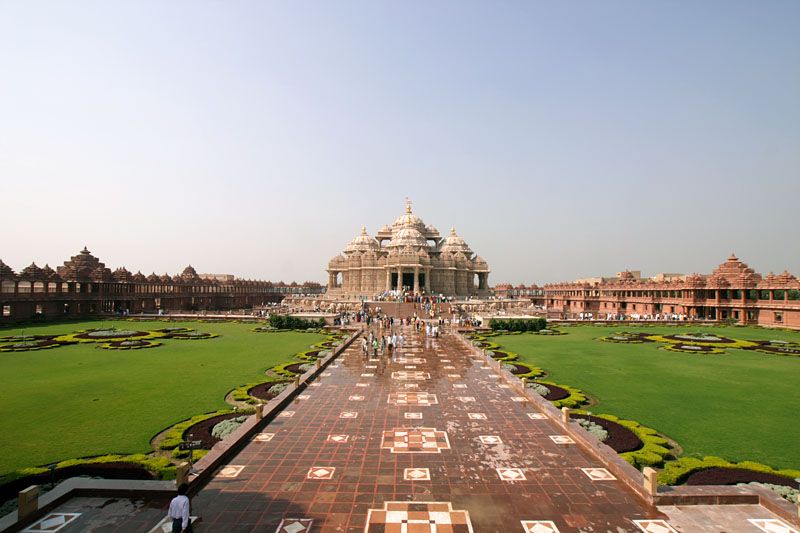History
As per records, this village was established in 9th century A.D by King Raja Chand of Gurjar kingdom. The initial name of Abhaneri was 'Abha Nagri' or the 'city of brightness' which led to its present name, 'Abhaneri'. Legend has it that Goddess Harshat Mata, in a joyous mood, spread brightness all over the village and hence, the name.
The Highlights Of The Place
What makes Abhaneri a place to visit is the presence of Harshat Mata temple and Chand Baori. Harshat Mata temple, which dates back to 10th century, is protected by the archeological department of the Government of India. Though the temple is in ruins, its beautiful craftsmanship is still visible. Harshat Mata is regarded as the goddess of happiness who spreads joy to the entire village. Visiting the temple is worth the while, thanks to its amazing architecture which takes us back to the glory of medieval India. The ruined images in the temple indicate that the temple was actually dedicated to Lord Vishnu.
The Chand Baori is a step well which is regarded as a unique invention of the people of Abhaneri; it was created for rainwater harvesting. Located in the front of the Harshat Mata temple, this colossal step well has a depth of 20 meters, with 13 levels. Chand Baori is regarded as one of deepest and largest step wells in India. Despite being so huge, the well still has delicate and intricate carvings which are a visual treat. Various structures are also built around the step well.
How To Reach
Abhaneri is located on NH-11 or the Jaipur-Agra road. The village is well connected by air, train and road to various parts of the country through the cities of Jaipur and Dausa which are 90 and 30.9 km from Abhaneri, respectively. The nearest airport to Abhaneri is the Jaipur Sanganer Airport from where you can hire a taxi or take a bus to reach your destination. Abhaneri is also well connected by road as both government and private buses ply regularly between Abhaneri and Dausa, Agra, Jaipur, Ajmer, Alwar, Bharatpur and Bikaner. Abhaneri is well connected by rail through Dausa railway station which has an excellent connectivity with various major cities of the state and the country.
The Best Time To Visit
The best time to visit Abhaneri is in the months of October to March.
Even with limited attractions, Abhaneri, a small rustic village in Northern Rajasthan, lures a large number of tourists. Close proximity to Jaipur indeed enhances its value on the tourism map.








